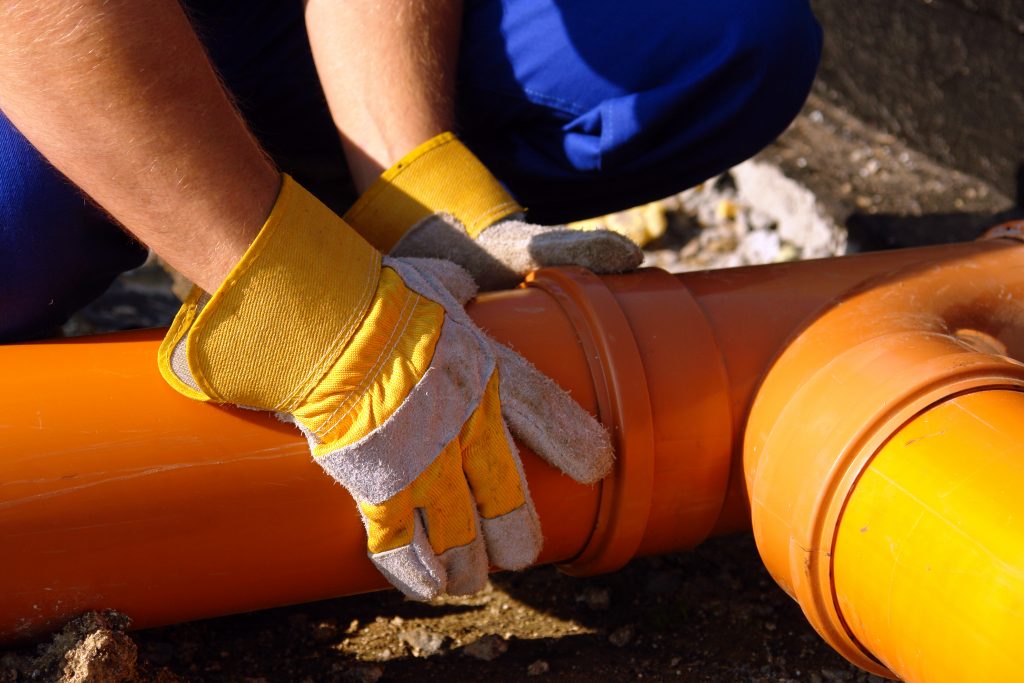 With an estimated population of almost 191,000 as of 2014, Salt Lake City remains the most populous and the busiest city in Utah. Like any other busy cities in the world, encountering building construction, road, and utility repairs such as gas and sewer lines tends to be nightmarish when it comes to traffic congestion.
With an estimated population of almost 191,000 as of 2014, Salt Lake City remains the most populous and the busiest city in Utah. Like any other busy cities in the world, encountering building construction, road, and utility repairs such as gas and sewer lines tends to be nightmarish when it comes to traffic congestion.
There is one engineering solution capable of completing these repairs even without interrupting the traffic. Find out the difference between the traditional repairs and the trenchless technology.
Traditional Repairs
Have you heard that annoying loud noise created by that jackhammer? Traditional sewer and pipeline repairs and construction require excavation. More often, it requires destroying of pavements, gutters, roads, and sometimes, even removal of trees and plants.
A typical road repair could last up to five days, though it could take longer depending on how extensive the job is. But that’s just about the project. How about the disposal of the materials and earth removed to lay down the new pipeline?
The Solution: Repair Without Excavation
The trenchless technology is a modern engineering method used in replacing or repairing sewer lines or pipelines without digging and creating a “trench-like” excavation. The trenchless sewer line rehabilitation is gaining popularity in Salt Lake City and many other locations because it doesn’t require digging or destroying the pavements and gutters or uprooting trees and plants. As such, there’s no need to do any restoration job after the project is completed.
Trenchless Methods
Depending on the rehabilitation you want, there are different trenchless methods and procedures available. Other than the total replacement of pipelines, other trenchless methods help rehabilitate and restore the structural stability of an existing pipeline without the need to replace it.
For instance, if there is a need to reinstate structural integrity, a mechanical spot repair can be performed. Sliplining, cured-in-place pipe (CIPP), and thermoformed pipe lining trenchless rehabilitation methods are used to repair the leaks and restore the structural stability of an existing pipeline. On the other hand, the pipe bursting method will be used if the plan is to replace the pipelines completely.
The trenchless technology has many uses and benefits. It’s up to you how you will maximize its use and make it work to your advantage.

